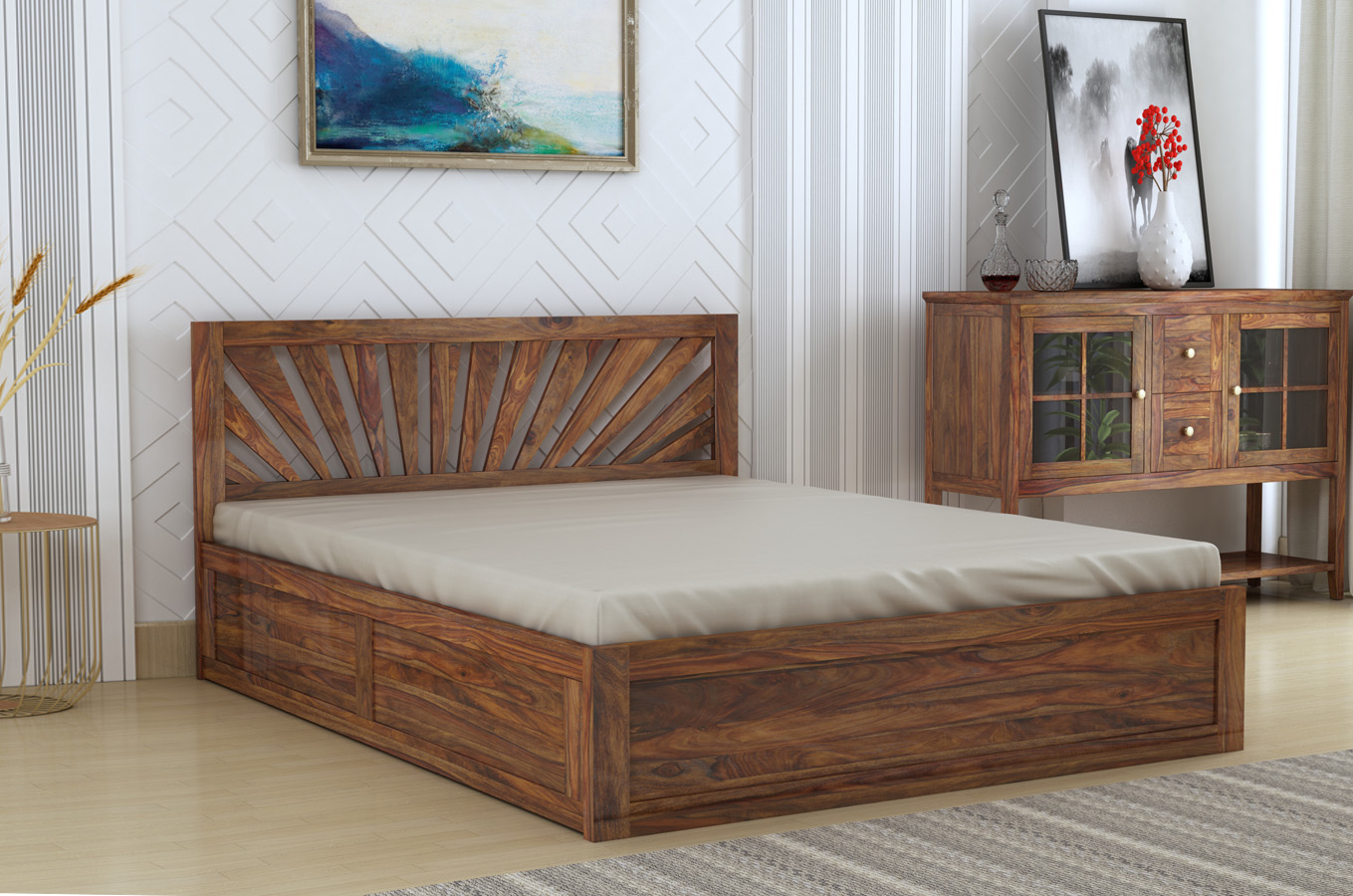Beds are essential furniture pieces that provide us with comfort and rest. Over time, however, they may experience wear and tear due to regular use, leading to issues such as squeaky frames, loose joints, or broken slats. When a bed requires repair, it's important to address the issues promptly to maintain a good night's sleep and extend the lifespan of your bed. Whether you're dealing with structural problems or cosmetic damage, there are various ways to repair your bed and restore its functionality.
Addressing Squeaks & Joint Issues
One common issue in Bed Repairing Services that can arise with beds is a squeaky frame. This problem is often caused by loose or worn-out joints, which create friction and noise when the bed moves. To fix a squeaky frame, start by inspecting the joints and tightening any loose screws or bolts. If the noise persists, apply a small amount of lubricant, such as silicone spray or furniture wax, to the affected areas. This should help reduce friction and eliminate the squeaking.
Repairing or Replacing Broken Slats
Another frequent issue is a broken or damaged bed slat. Slats provide support for the mattress, and a damaged slat can affect the overall stability and comfort of the bed. If a slat is broken, you can replace it with a new one. Make sure to measure the existing slats and choose a replacement that matches the dimensions and material. Simply remove the broken slat and install the new one in its place, securing it with screws or brackets as needed.
Fixing Loose or Wobbly Legs
Loose or wobbly legs are another problem that can affect the stability of a bed. Over time, the legs may become loose due to constant movement and pressure. To fix this issue, examine the legs and tighten any screws or bolts holding them in place. If the legs are severely damaged, you may need to replace them with new ones. Ensure that the replacement legs are compatible with the bed frame and securely attach them to restore stability.
For wooden bed frames, cracks or chips can occur due to age or accidental impact. Small cracks can be repaired using wood glue. Apply the glue to the crack, clamp the wood together, and let it dry according to the manufacturer's instructions. Once dry, sand the area smooth and touch up with matching wood stain or paint. For chips or deeper cracks, you may need to fill the area with wood filler and sand it down before finishing.
If your bed includes drawers or storage compartments, these can also encounter issues such as jammed drawers or broken handles. For jammed drawers, check for any obstructions or misalignments and adjust as needed. Broken handles can be replaced with new ones, which are often available at hardware stores. Ensure the new handles match the existing hardware and install them securely.
In some cases, a bed may require more extensive repairs, such as reupholstering a fabric headboard or replacing a metal frame. These repairs may require professional assistance, especially if you lack the necessary tools or experience. It's important to weigh the cost of repairs against the value of the bed to determine whether it's more economical to repair or replace it.
In conclusion, repairing a bed can involve addressing structural issues such as squeaky frames, loose joints, or broken slats, as well as cosmetic damage to wood or upholstery. By promptly addressing these issues and performing regular maintenance, you can extend the life of your bed and ensure a comfortable night's sleep. If the repairs seem beyond your abilities, don't hesitate to seek professional help to restore your bed to its best condition.

Comments
Post a Comment